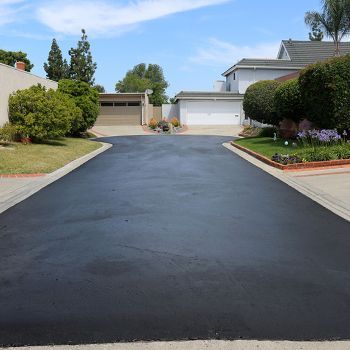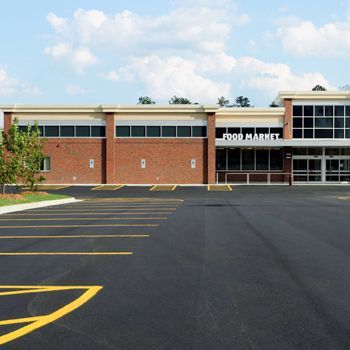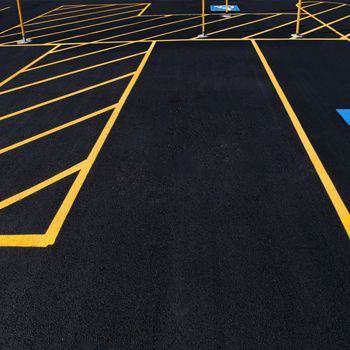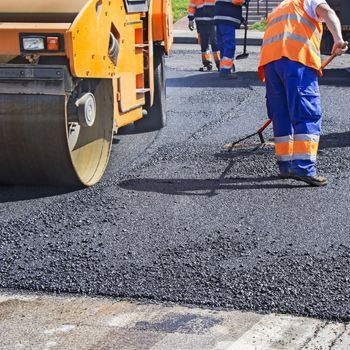Residential and Commercial Paving
Free Same Day Estimates
One-Year Labor Warranties
Discounts for Veterans, Seniors, and Churches
Kissner Paving: Your Trusted Partner in Asphalt Paving
Kissner Paving, a family-owned business, has been serving Chattanooga, TN, and the surrounding areas since 1958. As a third-generation business, we take pride in being the longest-running paving company in the area. Our team, with over 120 years of combined experience, is led by the owner, who is present on every job, ensuring the highest standards of workmanship. We are licensed, insured, and equipped with the most advanced and latest equipment in the industry.
Our commitment to quality and customer satisfaction has earned us the News Channel 12 Viewer Choice Awards. Kissner Paving offers a one-year labor warranty, veteran and senior discounts, and discounts for churches. Our competitive pricing and free estimates within 24 hours make us the preferred choice for all your paving needs. Contact us today to get started planning your residential or commercial paving project.
Why Choose Kissner Paving?
Choosing Kissner Paving means choosing a legacy of excellence. Our longevity in the industry is a testament to the quality of our work and our commitment to customer satisfaction. As a third-generation business, we are the longest running company in the area and have a goal to maintain the high standard of expertise we were founded on in 1958.
Our team's extensive experience, coupled with the owner's personal involvement in every project, ensures that every job is completed to the highest standards. We offer competitive pricing and quick, free estimates, making us the ideal choice for all your paving needs.
One-Year Labor Warranties
Discounts for Veterans, Seniors, and Churches
24-Hour Availability (Closed Sunday)
Been in Business Since 1958
Owner on Every Job
Free Estimates Within 24 Hours

Residential Paving
Our residential paving services will help enhance your home's functionality and aesthetic appeal. We use high-quality materials and advanced equipment to deliver durable, attractive paving solutions.

Residential Seal Coating
The residential seal coating services we provide at Kissner Paving offer an additional layer of protection to your paved surfaces, extending their lifespan and maintaining their appearance.

Commercial Paving
Our commercial paving services cater to businesses of all sizes. We understand the importance of a well-paved surface for your business operations and strive to deliver high-quality results.

Commercial Seal Coating
At Kissner Paving, we offer commercial seal coating services designed to help protect your investment, prolong the life of your paved surfaces, and maintain their aesthetic appeal.

Tar and Chip
Our tar and chip services offer an economical and durable paving solution. This method combines the strength of asphalt with the aesthetic appeal of stone.

About Us
Founded in 1958, Kissner Paving is the longest-running paving company in the Chattanooga area. We look forward to providing the services you need.
Here's what our satisfied customers are saying...
At Kissner Paving, we take pride in providing exceptional asphalt paving services to our customers. We would be grateful if you could share your thoughts about our asphalt company with others. Your feedback helps us improve and helps others make informed decisions. Please take a moment to leave a review of Kissner Paving and let others know what you think.
Learn More About
Kissner Paving
Serving the Chattanooga, TN area, Kissner Paving specializes in residential and commercial paving and seal coating services. Discounts for veterans, seniors, and churches. 24-hour availability (closed Sunday). One-year labor warranties. Call us today.
serving Area
Chattanooga, TN,
and surrounding areas
Business Hours
24-Hour Availability (Closed Sunday)








Share On: